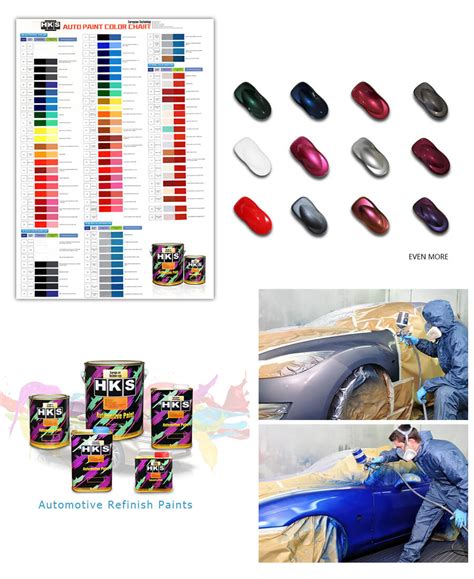Car Paint Calculator: Your Guide to a Smooth Finish
Planning a car paint job? Knowing how much paint you need is crucial for avoiding costly mistakes. Whether you're a seasoned professional or a DIY enthusiast, accurately estimating paint quantities ensures a smooth, even finish and prevents running out mid-project. This guide will walk you through using a car paint calculator, understanding its components, and mastering the art of precise paint estimation.
What is a Car Paint Calculator?
A car paint calculator is a tool, often found online or in paint supply stores, that helps determine the amount of paint needed for a vehicle. It considers various factors to provide a precise estimate, minimizing waste and ensuring you have enough paint to complete the job. These calculators usually require you to input specific details about your car and the type of paint you're using.
Key Factors a Car Paint Calculator Considers:
Several factors influence the amount of paint required. A reliable calculator will account for:
- Vehicle Size and Surface Area: Larger vehicles naturally need more paint. The calculator often uses dimensions or a make/model selection to estimate surface area.
- Number of Coats: Most paint jobs require multiple coats for optimal coverage and durability. The calculator allows you to specify the number of coats needed.
- Paint Type: Different types of paint have varying coverage capacities. Acrylic lacquer, urethane, and enamel all have different spreading rates. The calculator requires you to select the appropriate paint type.
- Primer and Sealer: These are often necessary preparation steps before applying the top coat. The calculator should include these in the calculation, if needed.
- Waste Factor: Real-world application always involves some paint loss. A good calculator incorporates a waste factor to account for overspray, drips, and other losses.
How to Use a Car Paint Calculator:
Most online car paint calculators follow a similar process:
- Select Vehicle Type: Choose whether you're painting a car, truck, motorcycle, or other vehicle. Some calculators even let you specify the make and model for a more accurate surface area estimate.
- Input Dimensions: If the make/model selection isn't available, you'll need to provide the vehicle's length, width, and height. Some calculators might also ask for additional dimensions.
- Choose Paint Type: Specify the type of paint being used (e.g., acrylic lacquer, urethane, enamel).
- Specify Number of Coats: Enter the number of coats of primer, sealer, and topcoat you plan to apply.
- Consider Waste Factor: The calculator may either automatically include a waste factor or allow you to adjust it.
- Get Results: The calculator will then provide an estimate of the total amount of paint needed for each coat and the overall total.
What if I Don't Have Access to a Car Paint Calculator?
While a car paint calculator is highly recommended, you can still estimate paint needs manually. However, this is less precise and prone to error. You'll need to find the coverage rate (square feet per gallon) for your specific paint type on the paint can's label. Measure the surface area of your vehicle as accurately as possible, and then divide the total surface area by the coverage rate to determine the amount of paint needed. Remember to add extra for multiple coats and waste.
How much paint do I need for a small car?
The amount of paint needed for a small car significantly depends on the car’s specific dimensions and the number of coats applied. A general estimate would be between 1-2 gallons of paint, but using a car paint calculator with your car's dimensions will provide a much more accurate result.
How much paint do I need for a large SUV?
Large SUVs require significantly more paint than smaller cars. You should expect to need at least 2-3 gallons, but using a car paint calculator that considers the specific dimensions and number of coats is strongly advised.
What is the coverage of a gallon of car paint?
The coverage of a gallon of car paint varies greatly depending on the type of paint, the number of coats, and the application method. Always check the paint can for the manufacturer's specified square footage coverage per gallon.
What is a good waste factor to use when calculating car paint?
A good waste factor is typically between 10-20%. This accounts for overspray, runs, and other losses during the painting process. Adding a larger waste factor is always better than running short of paint.
Conclusion:
Using a car paint calculator is a smart and efficient way to ensure you have the right amount of paint for your project. By accurately estimating your needs, you'll save money by minimizing waste and avoid the frustration of running out of paint mid-job. Remember to always check the manufacturer's recommendations and use a reliable calculator for the best results. Happy painting!

